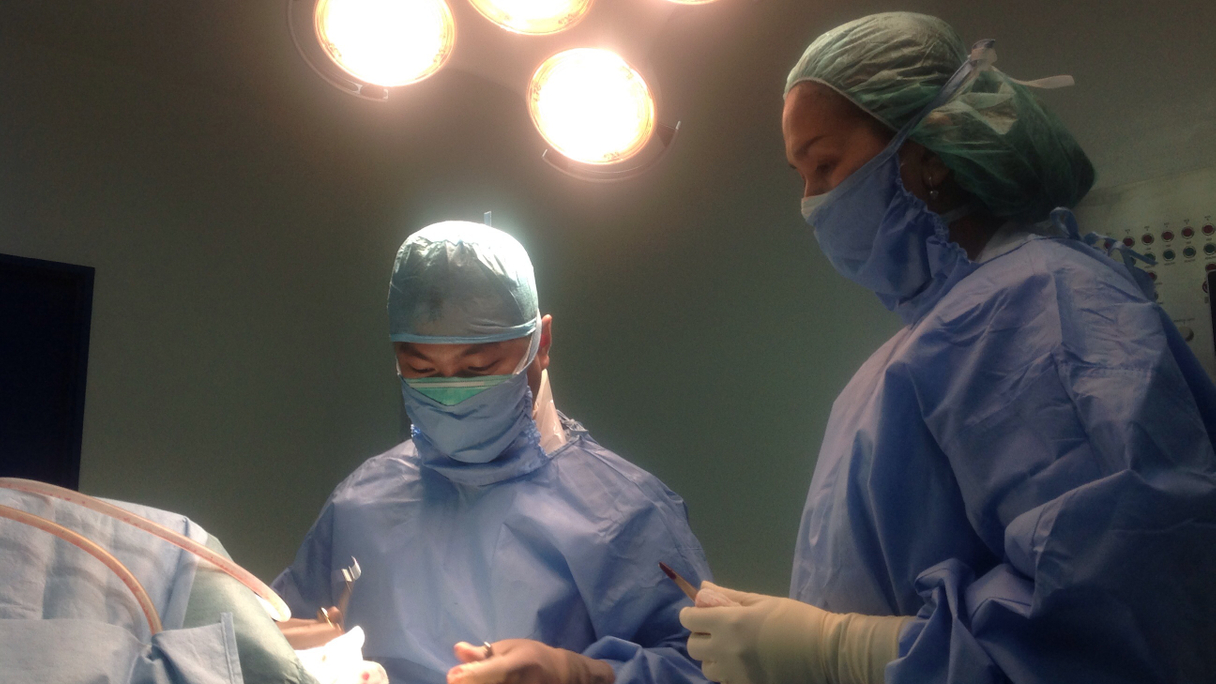Finding a decent hospital in the less developed parts of Indonesia might appear a difficult prospect but building one is another matter entirely.
¬ Haymarket Media Limited. All rights reserved.



